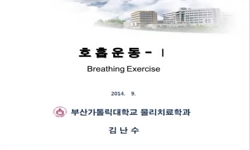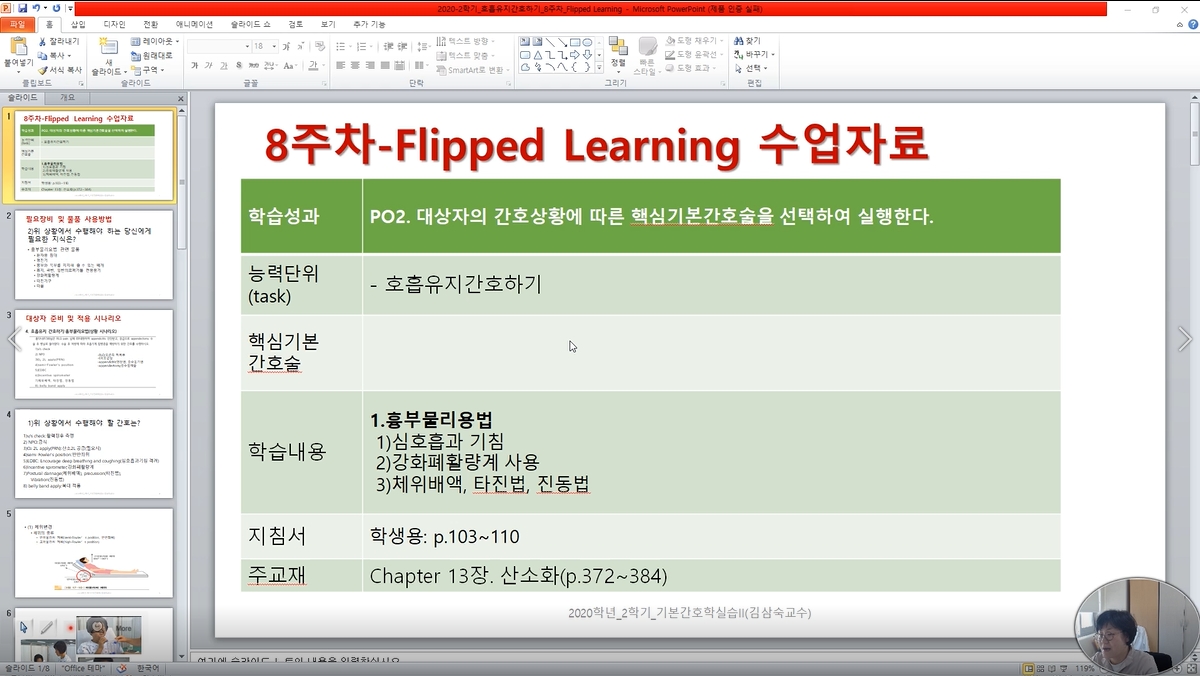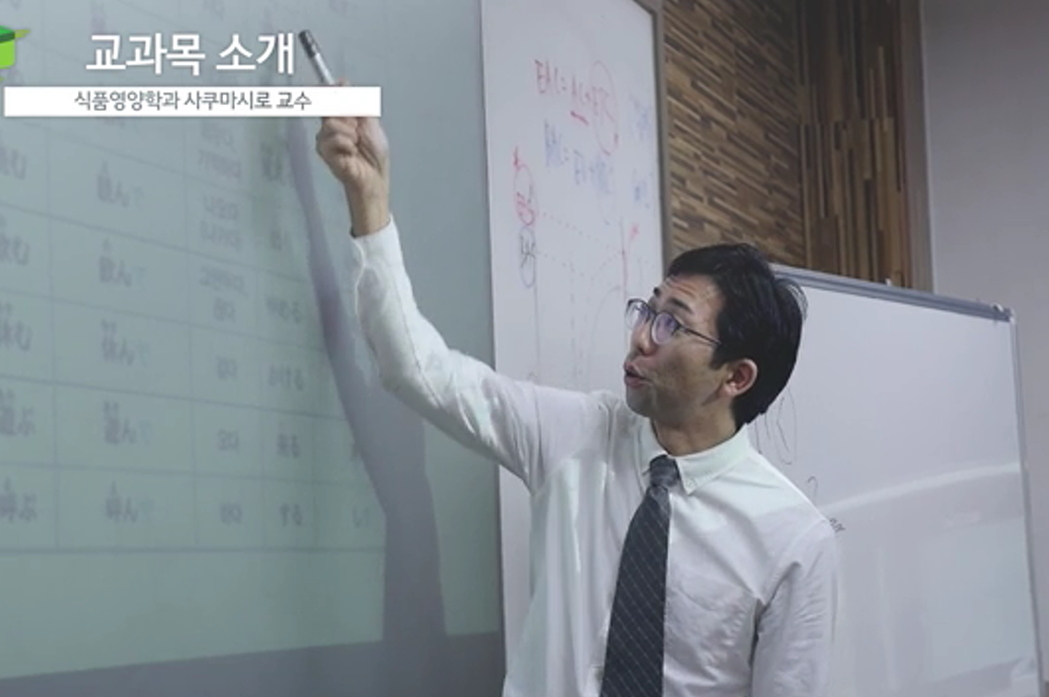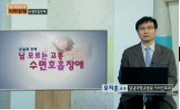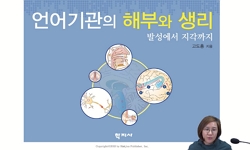The purpose of this study is to analysis of feeling of the developed motion of spontaneous Qigong naturally appearing in the particular Qigong state for mind and body therapy. For the spontaneous qigong exercise, there have been developed 5 types of H...
http://chineseinput.net/에서 pinyin(병음)방식으로 중국어를 변환할 수 있습니다.
변환된 중국어를 복사하여 사용하시면 됩니다.
- 中文 을 입력하시려면 zhongwen을 입력하시고 space를누르시면됩니다.
- 北京 을 입력하시려면 beijing을 입력하시고 space를 누르시면 됩니다.

심신치유를 위한 자발공(自發功) 행법의 기(氣)적 분석 = Feeling Analysis of Developed Motion of Spontaneous Qigong for Mind and Body Therapy
한글로보기https://www.riss.kr/link?id=A99801169
- 저자
- 발행기관
- 학술지명
- 권호사항
-
발행연도
2013
-
작성언어
-
-
주제어
자발공 ; 자발행공 ; 자발공 수련 ; 호흡 ; spontaneous Qigong ; qi-feeling ; mind and body cure ; breathing
-
KDC
500
-
등재정보
KCI등재후보
-
자료형태
학술저널
-
수록면
124-134(11쪽)
- 제공처
-
0
상세조회 -
0
다운로드
부가정보
다국어 초록 (Multilingual Abstract)
The purpose of this study is to analysis of feeling of the developed motion of spontaneous Qigong naturally appearing in the particular Qigong state for mind and body therapy. For the spontaneous qigong exercise, there have been developed 5 types of Haenggongs (practical motions) for each of 6 levels, 30 Haenggongs in total. The types of developed Spontaneous Qigong were analyzed as the preparatory and arm haenggong, the front body haenggong, the leg haenggong, the abdominal haenggong, the back and head haenggong, the whole body haenggong and sugong levels. This is to harmonize the body and mind by connecting the whole body and moving the qi naturally. As the motions of spontaneous qigong are for the movement of qi, the muscle is contracted at the non-moving part and relaxed relatively at the moving part. The respiration is conducted with the danjeon (abdominal) breathing. The consciousness just follows the movement of arm. In the change of gi-feeling, the power of qi gets stronger when legs go up; the power gets weaker when legs go down. The first level is the preparatory and arm haenggong and its qi-feeling part is mainly the both palms. The second level is the body haenggong and its qi-feeling part is the chest, both rib sides and the lower abdomen. The third level is the leg haenggong and its qi-feeling part is from the left leg and to the lower danjeon. The fourth level is the abdominal haenggong and its qi-feeling part is around the lower danjeon. The fifth level is the back and head haenggong and its qi-feeling part is from the head to the tailbone. The sixth level is the whole body and sugong and its qi-feeling part is the whole body and the lower danjeon. In conclusion, the spontaneous qigong has the characteristic that the movement of haenggong is based on the natural conducts which the start and the end are mutually connected. The qi is moved evenly around the whole body in six levels, maintaining the balance of qi or energy through the repetition of moving and stopping, bending and stretching, contracting and relaxing and ascending and descending. It can be said the spontaneous qigong is the practice to circulate the energy in the body by establishing the specific form of spontaneous generation with the information of body based on the principle of consciousness and unconsciousness are coexisting.
동일학술지(권/호) 다른 논문
-
제주지역 절물 자연휴양림 대기중 피톤치드 분포 특성연구
- 한국자연치유학회
- 김형철
- 2013
- KCI등재후보
-
- 한국자연치유학회
- 김형철
- 2013
- KCI등재후보
-
숲 체험이 직무스트레스와 사회심리적 스트레스에 미치는 영향
- 한국자연치유학회
- 이보구
- 2013
- KCI등재후보
-
자발공 행공수련이 스트레스, 불안감, 삶의 만족감에 미친 영향
- 한국자연치유학회
- 곽동열
- 2013
- KCI등재후보




 eArticle
eArticle